our projects
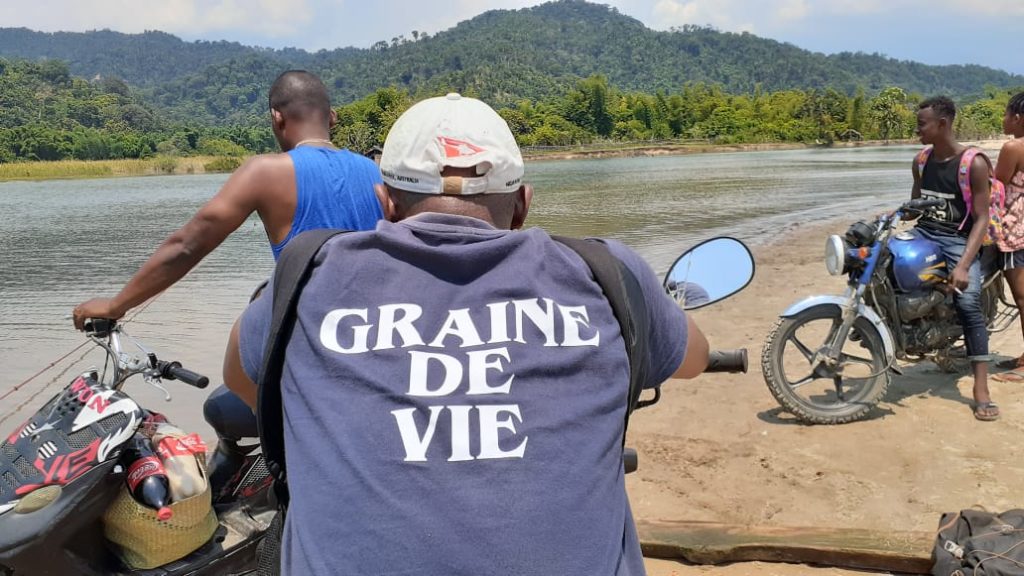
9 countries
of intervention
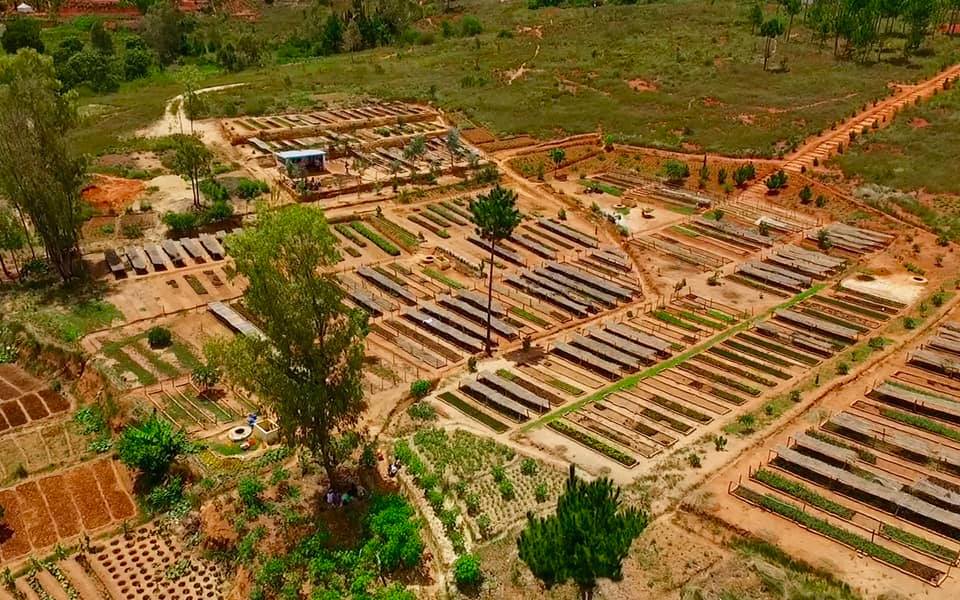
354 tree nurseries
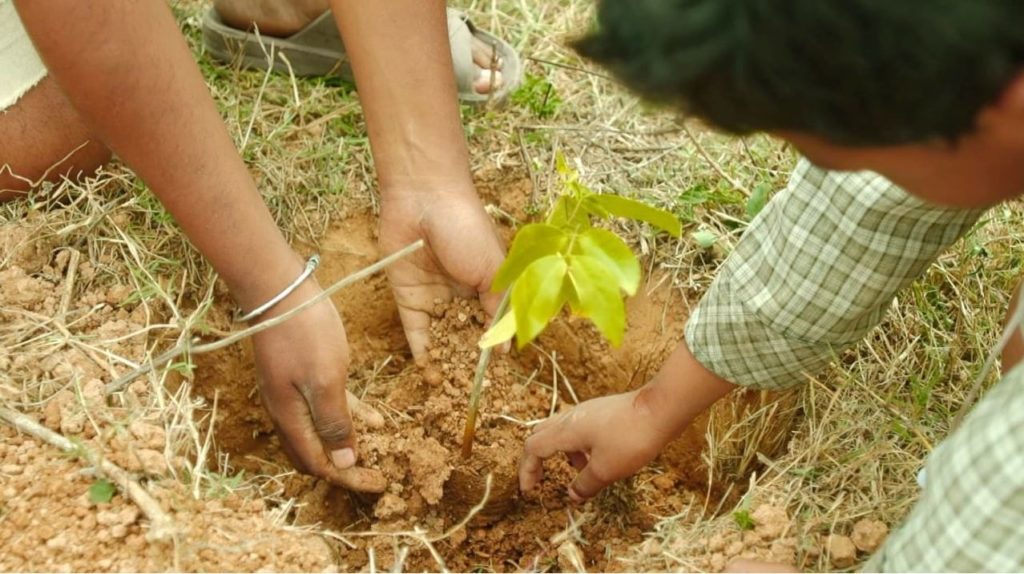
More than 70,000,000
trees planted
since 2009

11 parks
and protected areas
under restoration
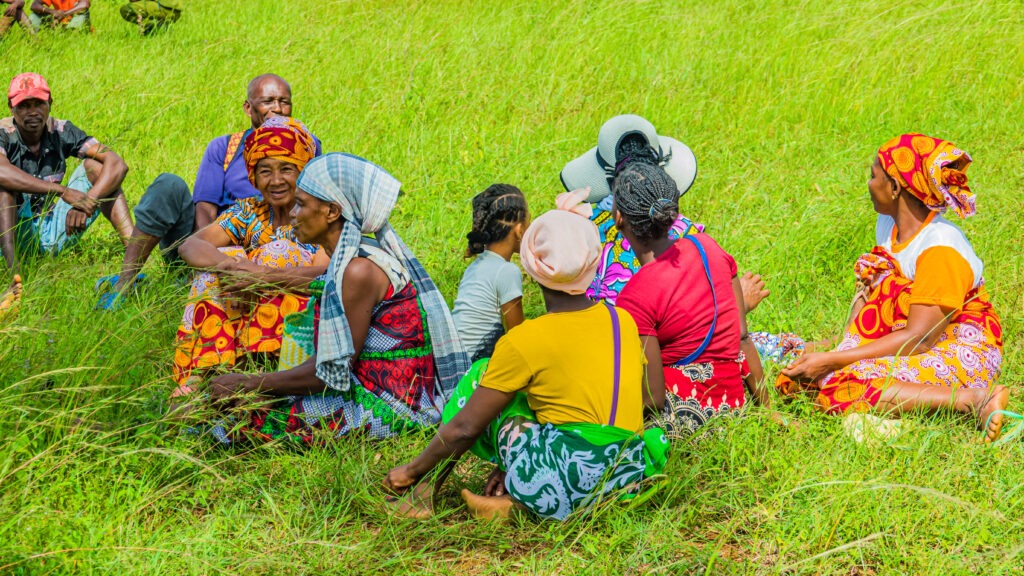
Hundreds of permanent
and temporary jobs created
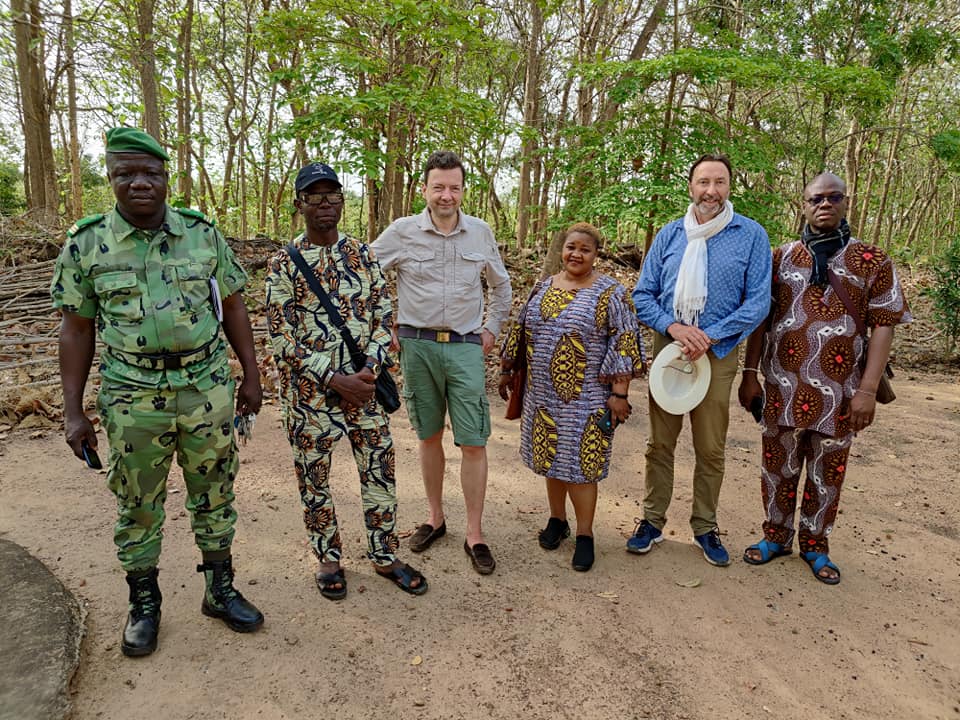
Local planning
and local management
countries of operation
Local projects and agroforestry

Graine de Vie’s philosophy is based on an endogenous approach and local roots. That’s why our local projects are based on local initiatives. The authorities (local and traditional) and village associations (women, farmers, schoolchildren) contact us after hearing about our actions in the surrounding villages. Through our discussions, they increasingly understand how the massive destruction of their forests threatens their wood, water and food supplies. In fact, in the countries where we operate, 85% of the population survives solely on natural resources. By becoming aware of this, they themselves become the main players in reforestation. Our role is to make available to them, in villages that are often isolated, a nursery producing 10,000 seedlings of cash crop trees each year (trees that produce resources for the population) and forest trees for reforestation.
Reforestation
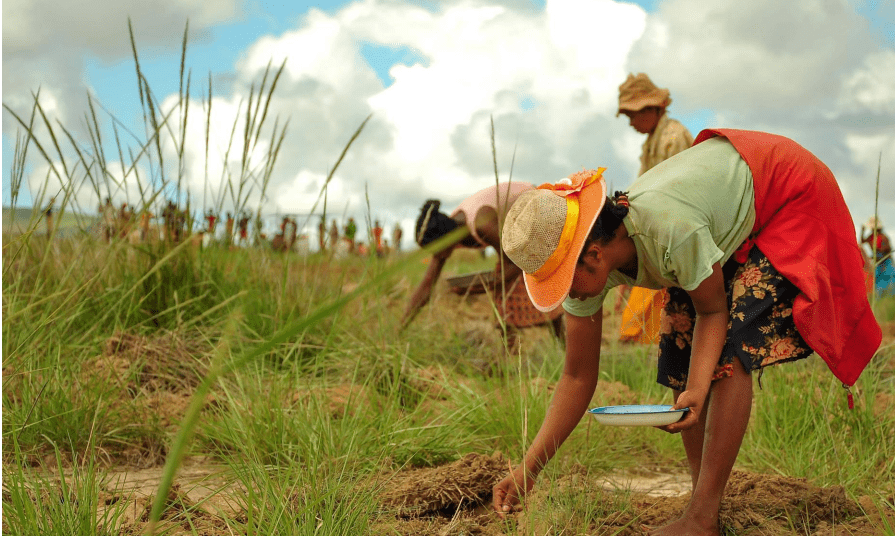
Graine de Vie also implements large-scale tree-planting projects based on the “direct sowing” technique. This technique, which consists of selecting, treating and planting seeds directly in the soil at the start of the rainy season, enables us to reforest large areas quickly and cheaply.
Restoration and protection of protected areas
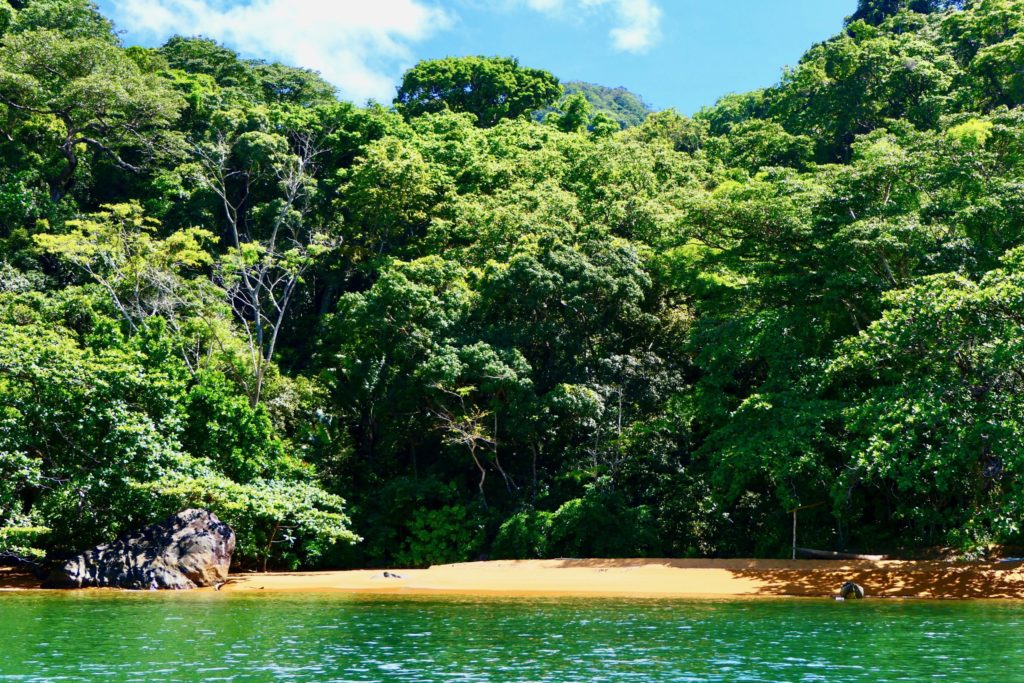
Protected areas such as national parks, special reserves, classified forests and sacred forests are generally the last remnants of primary forest that must be secured, protected and restored at all costs. By working with the managers of these areas, such as Madagascar National Park in Madagascar or traditional chiefs in Benin, Graine de Vie is helping to safeguard these natural heritages.
These projects include forest restoration within the parks themselves and the creation of nurseries in the outlying communes to provide wood reserves for the population, whom we are raising awareness about, as well as new resources through the planting of fruit trees, coffee, cocoa, clove trees, ravintsara, etc…
Restoration and protection of mangroves
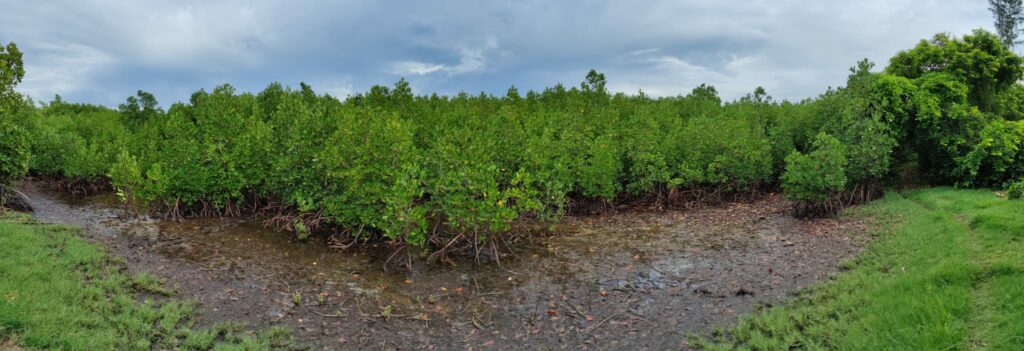
Restoring degraded mangroves is essential because this ecosystem contributes to the environmental balance of coastal regions. On the one hand, they are an important refuge for biodiversity. On the other hand, mangroves also protect the coastline and its villages against coastal erosion and cyclones. Finally, mangroves are the terrestrial ecosystem with the greatest capacity to absorb CO2.






